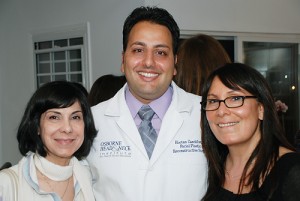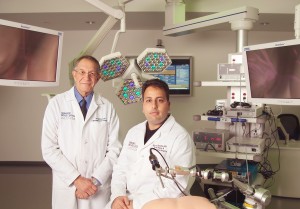- Do I Have Alopecia Areata: Spot Baldness? - March 14, 2013
Baldness is a troubling phenomenon for anyone, male or female. However, it is often thought to be a natural consequence of aging, particularly for many men, which makes it more socially acceptable. What happens when baldness occurs in a different way, though. How does a young woman with one large, single bald spot in an atypical location feel? This is the troubling scenario facing those who suffer from alopecia areata. Sufferers face scrutiny for several reasons: their age (young), the location of the bald spot (not the usual pattern of aging-related baldness) and the extent of baldness (total absence of hair in that location).
What is Alopecia Areata?
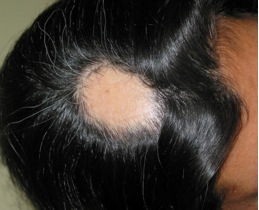 Alopecia Areata is a type of hair loss, and is commonly known as spot baldness. It usually occurs on the scalp, but can spread to other parts of the body that contain hair, including the eyebrows and other facial hair. Alopecia Areata can happen at any age and is found equally between men and women.
Alopecia Areata is a type of hair loss, and is commonly known as spot baldness. It usually occurs on the scalp, but can spread to other parts of the body that contain hair, including the eyebrows and other facial hair. Alopecia Areata can happen at any age and is found equally between men and women.
What Causes Alopecia Areata?
It is strongly hypothesized that Alopecia Areata is a T- cell mediated autoimmune disorder, which means that the body’s immune system attacks its own hair follicles and blocks their growth. There is a genetic component to the disorder but interestingly, many patients first develop Alopecia Areata after a stressful or traumatic experience.
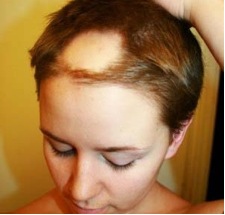 What are the Symptoms of Alopecia Areata?
What are the Symptoms of Alopecia Areata?
- Round, smooth bare patches on the scalp or body
- Clumps of hair found on one’s pillow or when showering
- Hair that is easily pulled out
How Do I Treat Alopecia Areata?
There are several ways to treat Alopecia Areata, and results vary among patients. Patients with small areas of hair loss can either wait to see how their condition progresses, or treat themselves using over-the-counter Rogaine (Minoxidil). Rogaine widens blood vessels, allowing a greater amount of nutrients to reach the hair follicle.
For more severe cases, the patient’s physician may perform corticosteroid injections in the area of concern, to decrease the patient’s overactive immune response. This is actually quite effective at halting hair loss.
When these methods fail, surgical options do exist to move other hair-bearing areas into areas of baldness. This is not commonly performed and a specialist in hair procedures should be sought out.
Unfortunately, no treatment has been proven to guarantee hair growth.
Will My Hair Ever Grow Back?
For most patients, hair can grow back but usually takes several months and sometimes up to a year. If the hair does grow back, patients are prone to future hair loss.
In other cases, their hair loss may progress into Alopecia Totalis which is complete baldness. In the rarest of cases, patients may suffer from Alopecia Universalis which is hair loss from the scalp, eyebrow, eyelashes etc.
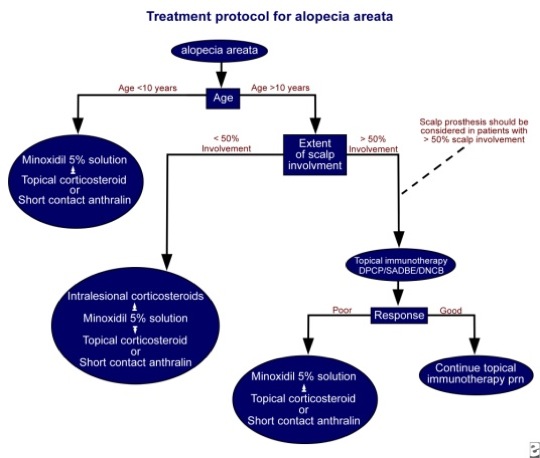
To learn more about hair transplantation issues and other procedures offered by Dr. Zandifar at the internationally renowned Osborne Head and Neck Institute visit our website at:
www.ohnifacialplastics.com


